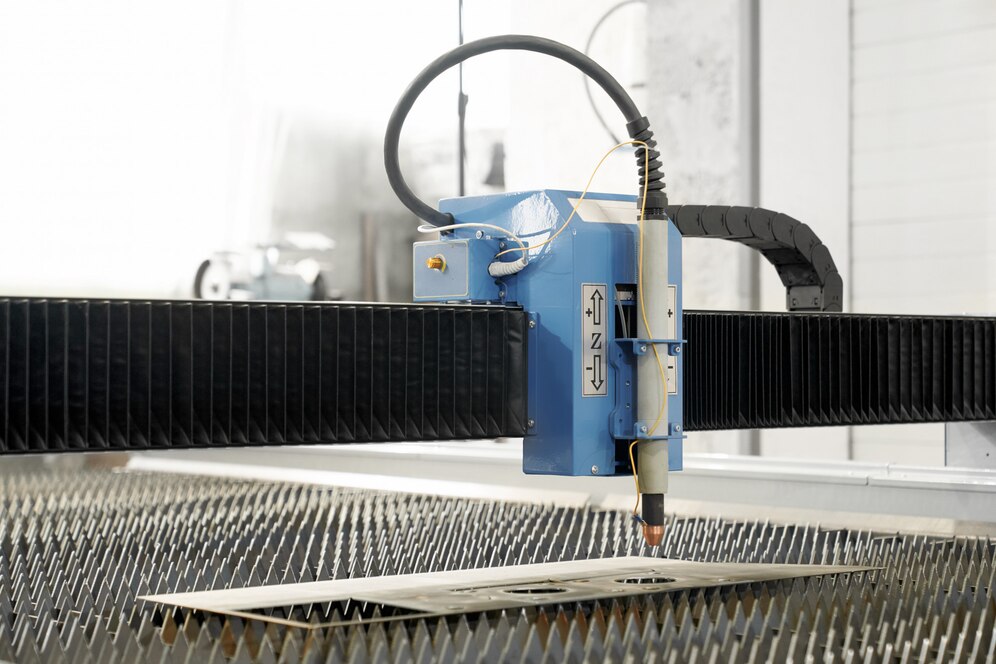Sanitary Valves: Essential Guide for Food, Beverage, and Pharma Industries
In the food, beverage, and pharmaceutical industries, hygiene and precision are paramount. Every component in the production line must meet strict cleanliness and safety standards. Among these critical components, sanitary valves play a crucial role in controlling the flow of liquids, gases, and semi-solids without compromising hygiene. This guide provides an in-depth look at sanitary valves and how they benefit key industries.
This blog post offers a comprehensive guide to sanitary valves, their types, key features, industry applications, and how to choose the right one for your processing system.
What Are Sanitary Valves?
Sanitary valves are specialized flow control devices designed to meet the stringent hygiene requirements of clean processing environments. They are typically made of stainless steel and feature smooth, crevice-free interiors to avoid contamination. These valves are easy to clean, often supporting Clean-in-Place (CIP) and Sterilize-in-Place (SIP) systems.
These valves are typically manufactured from high-quality stainless steel, usually grades SS304 or SS316, which are known for their corrosion resistance and suitability for sterilization processes.
Key Features of Sanitary Valves
- Stainless Steel Construction: Most sanitary valves are made from SS316 or SS304 grade steel for corrosion resistance and easy sterilization.
- Smooth Surface Finish: Internal surfaces are polished to a fine finish (typically Ra ≤ 0.8 µm) to prevent bacterial growth.
- Hygienic Seals: Equipped with food-grade elastomers like EPDM, PTFE, or silicone for leak-proof operation.
- Easy Maintenance: Designed for quick disassembly and cleaning to reduce downtime.
- Compliance with Standards: Comply with 3-A, FDA, and EHEDG guidelines for sanitary equipment.
-
Tool-Free Maintenance: Designed for quick disassembly, these valves support faster inspections and cleaning, minimizing production downtime.
-
Regulatory Compliance: Comply with global sanitary standards such as 3-A Sanitary Standards, FDA, EHEDG, and USP Class VI for pharmaceutical applications.
Types of Sanitary Valves Used in the Industry
- Sanitary Butterfly Valves
Commonly used for shut-off and flow control. These valves are cost-effective and easy to operate, ideal for low-pressure applications. - Sanitary Ball Valves
Suitable for applications requiring full bore flow with minimal pressure drop. Their compact design and minimal product hold-up make them perfect for viscous fluids. - Sanitary Diaphragm Valves
Ideal for sterile processes. The valve body and diaphragm work together to isolate the flow path from external contaminants. - Sanitary Check Valves
Prevent backflow, ensuring one-directional flow. They are crucial in preventing contamination and maintaining pressure balance. - Sanitary Pressure Relief Valves
Protect systems from overpressure situations and maintain product safety and equipment integrity.
Applications in Key Industries
1. Food Processing Industry
In the food industry, hygiene is non-negotiable. Sanitary valves ensure contamination-free transfer of ingredients such as milk, sauces, syrups, and oils. They are extensively used in dairy processing, meat packaging, and confectionery production lines.
Relevant Keywords: sanitary valves for food industry, hygienic flow control, stainless steel valves for dairy
2. Beverage Industry
Beverage plants require valves that can handle carbonated drinks, fruit juices, alcoholic beverages, and water while maintaining taste and safety. Sanitary valves help preserve flavor integrity while preventing microbial contamination.
Relevant Keywords: beverage-grade valves, hygienic valves for drinks, sanitary valve manufacturers for beverage industry
3. Pharmaceutical Industry
In pharma manufacturing, sterile environments are critical. Sanitary diaphragm valves and pressure relief valves ensure contamination-free production of medicines, vaccines, and injectable drugs. These valves support CIP and SIP for maximum cleanliness. If you want to learn about how industrial valves improve efficiency in manufacturing please go through our insight.
Relevant Keywords: pharmaceutical-grade valves, cleanroom valves, hygienic diaphragm valves
Benefits of Using Sanitary Valves
- Improved Product Safety: Minimizes the risk of microbial contamination.
- Compliance with Global Standards: Meets international hygiene certifications.
- Reduced Downtime: Quick maintenance and cleaning help maximize productivity.
- Versatile Usage: Suitable for a wide range of fluids and semi-solids.
- Durability: Long-lasting performance in aggressive environments.
How to Choose the Right Sanitary Valve
When selecting a sanitary valve, consider the following factors:
- Type of media (liquid, semi-solid, gas)
- Flow rate and pressure requirements
- Cleaning process (CIP/SIP compatibility)
- Valve actuation (manual or automatic)
- Material certifications (FDA, 3-A Sanitary Standards)
Consulting with a trusted sanitary valve supplier ensures you choose the right valve for your specific needs.
Why Partner with a Reliable Sanitary Valve Manufacturer?
For industries that demand precision, quality, and safety, partnering with a reliable sanitary valve manufacturer is essential. Look for manufacturers with:
- ISO certifications
- Proven industry experience
- Custom valve design capabilities
- After-sales support and service
Final Thoughts
Sanitary valves are indispensable in the food, beverage, and pharmaceutical sectors. Their role in maintaining hygienic conditions, ensuring product quality, and complying with safety standards makes them a critical investment in any clean processing facility.











